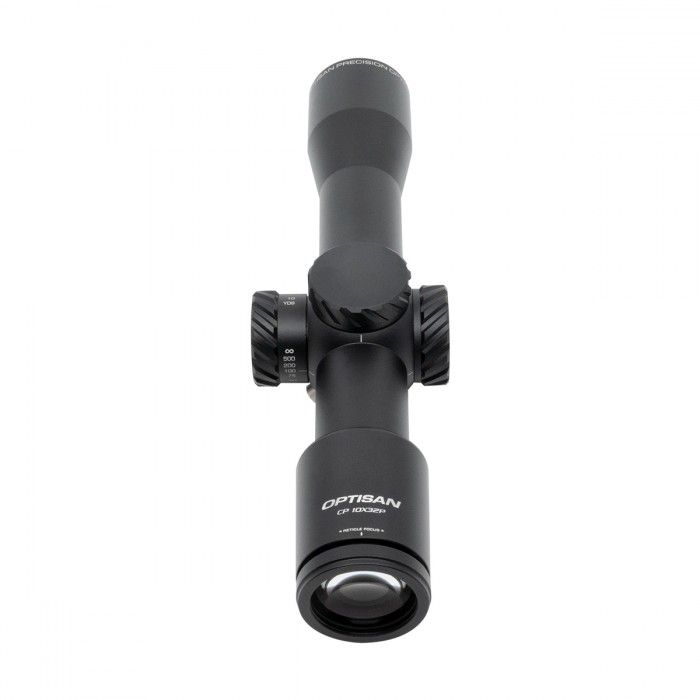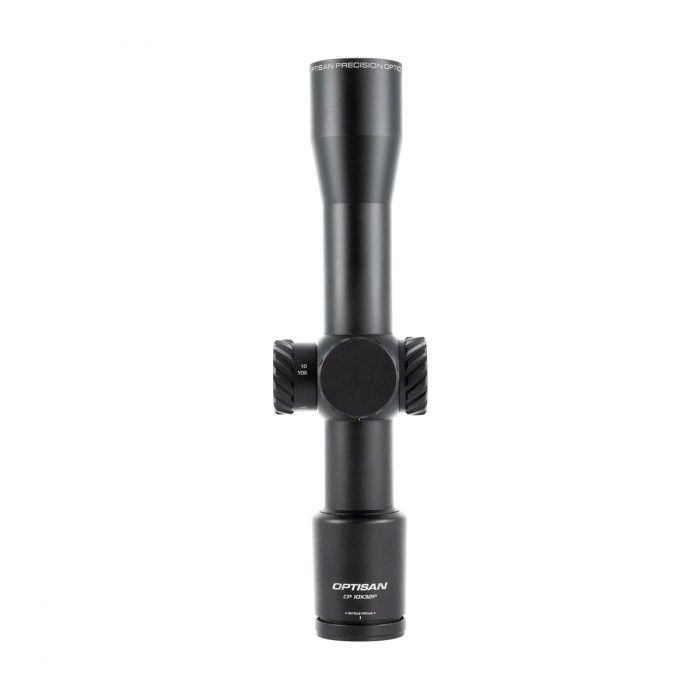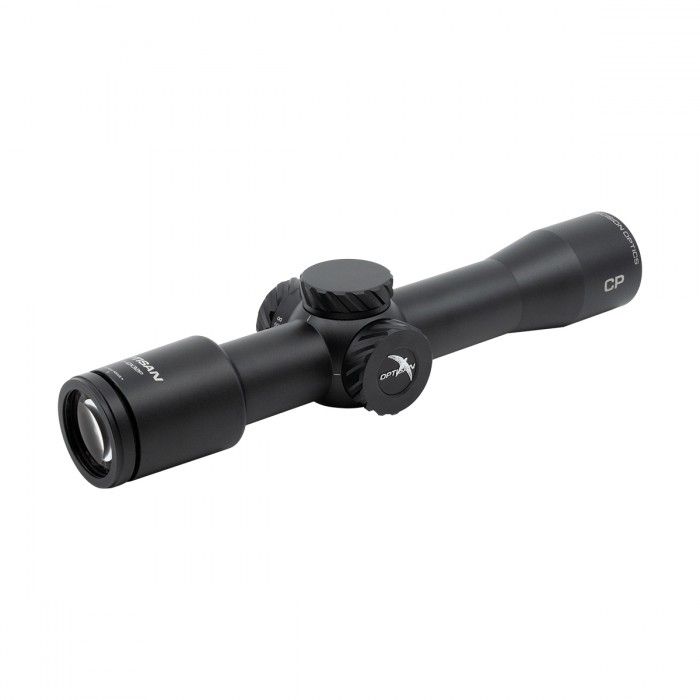OPW Team Member Thomas Bristow shares his preparations towards a Hunter Field Target (HFT) competition!
Away from the desks of our lacklustre world of work and study, for most of us, the weekend provides the perfect opportunity for us to embark on our own escapades – wherever they may take us! Frequently, my Sundays are spent rolling around through thickets of woodland or testing the waterproofing capabilities of my trousers in open fields, all in the hunt for the illusive “tin chicken”.
To some, it may seem daft travelling the length and breadth of the UK to take 30 shots at metal faceplates; yet I can only assume that you’ve arrived at this page due to a shared enthusiasm towards field sports, or at a minimum the wider outdoor fraternity – so I hope some of you share the same satisfaction of throwing lead down range as I do.
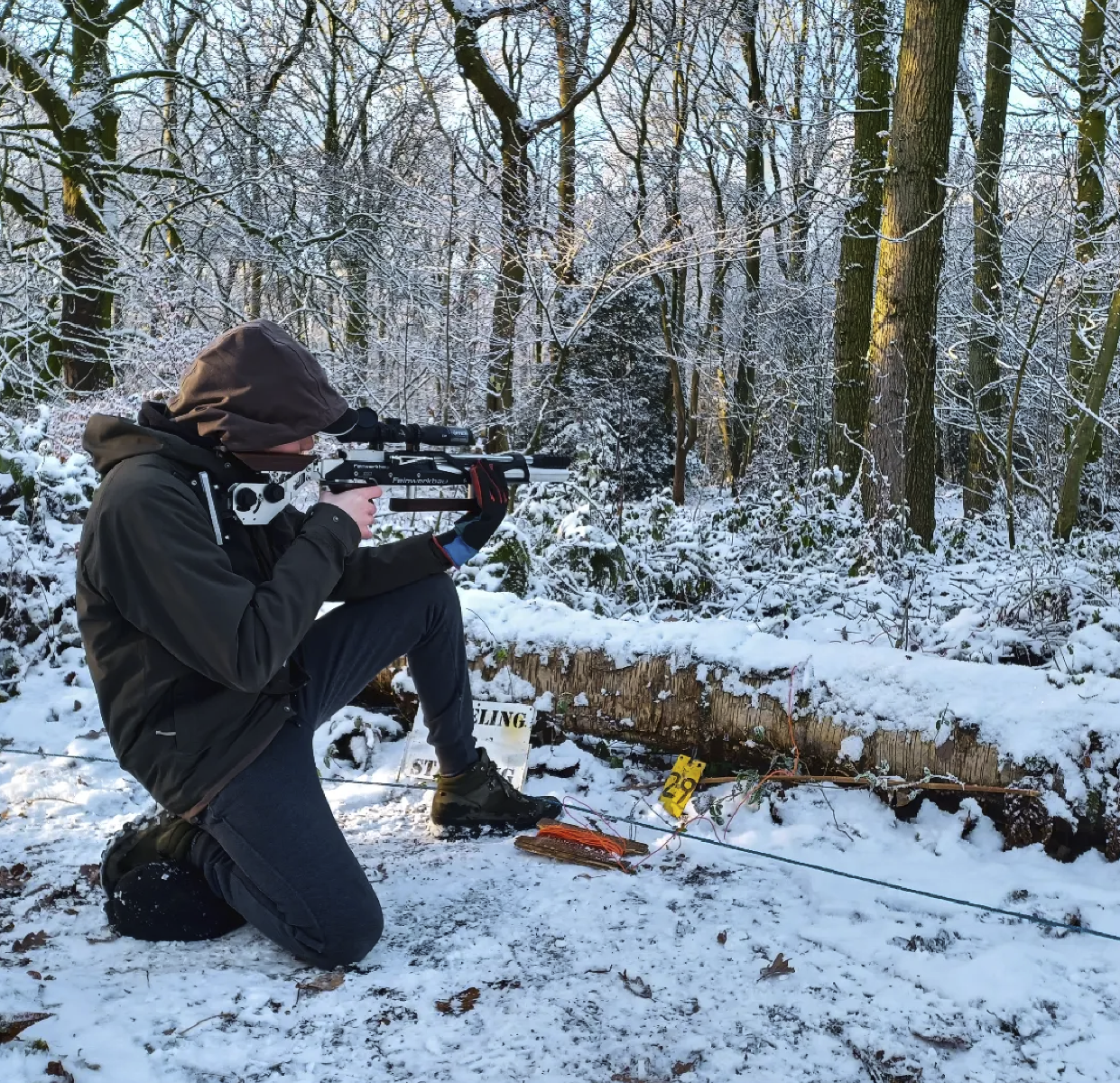
Though my enjoyment comes from being outdoors, it's always nice to walk off a course with the gratification of knocking a few targets down - but this doesn't come without practice or preparation. I’ll admit, at this point I’ve been waiting for the perfect opportunity to evade my college work; so when the OPW team asked if I’d write about the lead up towards these competitions, it gave me the perfect excuse to get the gear out and spend some time behind the trigger (which is always long over-due).
Typically, a weekend in the life of Thomas is similar to any other 17-year-old – working the usual Saturday job, closely followed by 24 hours of freedom on the Sunday to finish the weekend. Although, my place of work isn’t what you’d describe as “conventional”. On Saturdays, I have the pleasure of working at Doncaster Airgun Range, which without any doubts is one of the UK’s most premier indoor shooting facilities. This is a godsend to me, especially in the lead up to any of my own shooting endeavours – though it leaves me with no excuses as to why my zero would be slightly off! So, once the crowds of bench rest shooters have left, this is always the 1st job at hand. Paper targets are brilliant for any testing or precision work. Unlike reactive targets, they tend to be far more unforgiving, providing the most accurate representations of your ability.
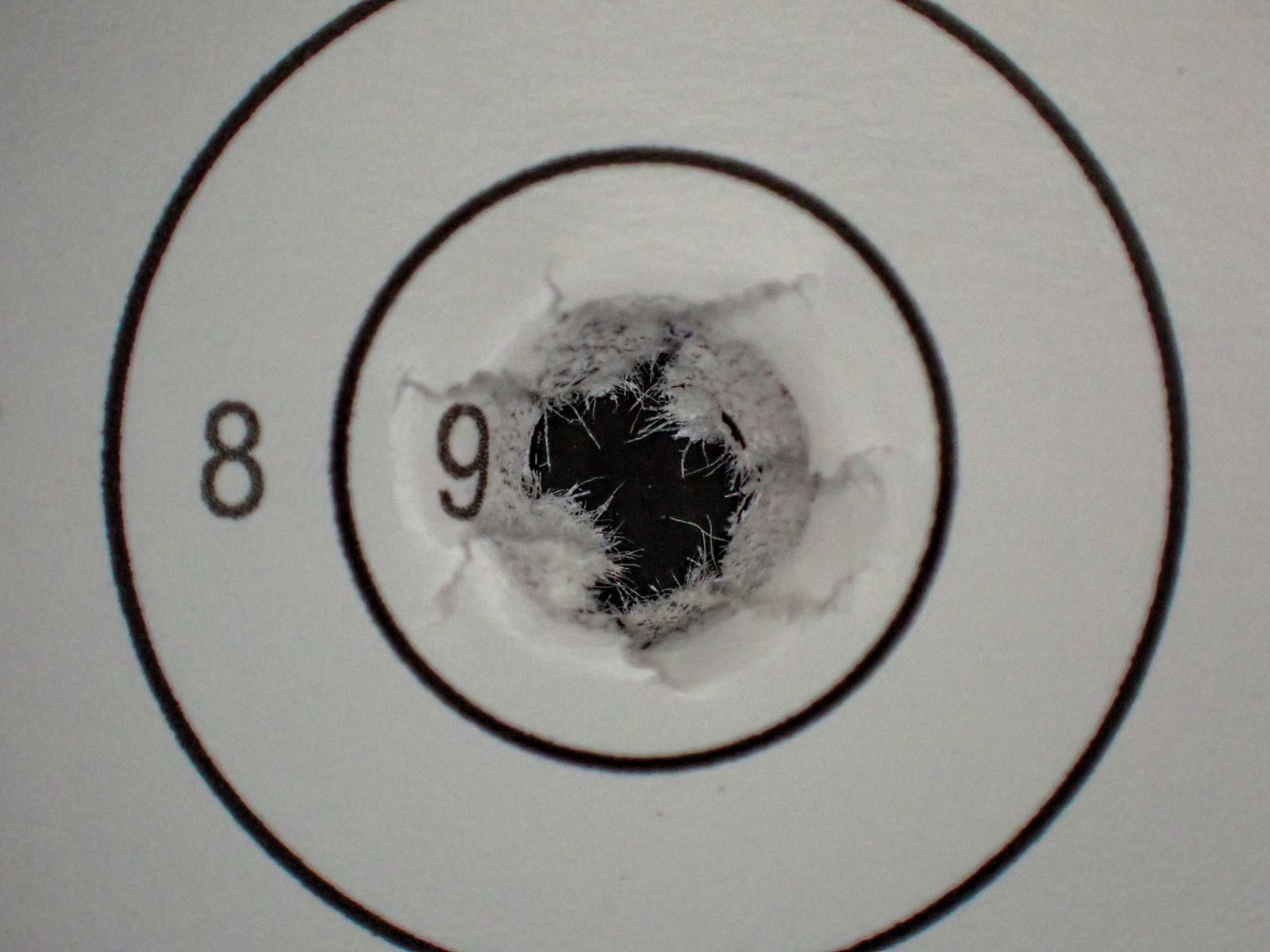
Shooting in such environments with stable temperatures and weather conditions doesn't factor in the usual extremes we’d typically encounter on a HFT course, but they provide an invaluable outlet to practice. When adverse weather conditions may tempt you to adjust the configuration of your setup. Informal target shooting (better known as plinking) eliminates any guesswork which could phase you outdoors – ensuring true POI and accurate aim points.
As with most sports, once we're familiar with the basic skill set required to flourish at a particular standard, it's easy to become alluded into the idea that you're able to retain the same level of success consistently without the need to practise. The concept of being able to pick up your setup with the expectation of performing to your usual standard is fantasy! One reason for failing to perform derives from our inability to exercise the fundamental skills developed through practice.
Plinking for enjoyment is an ideal exercise to reinforce the skills that are so easily forgotten - and after my latest purchase, it seems this form of shooting is ideal in the process of becoming accustomed to a new piece of equipment.
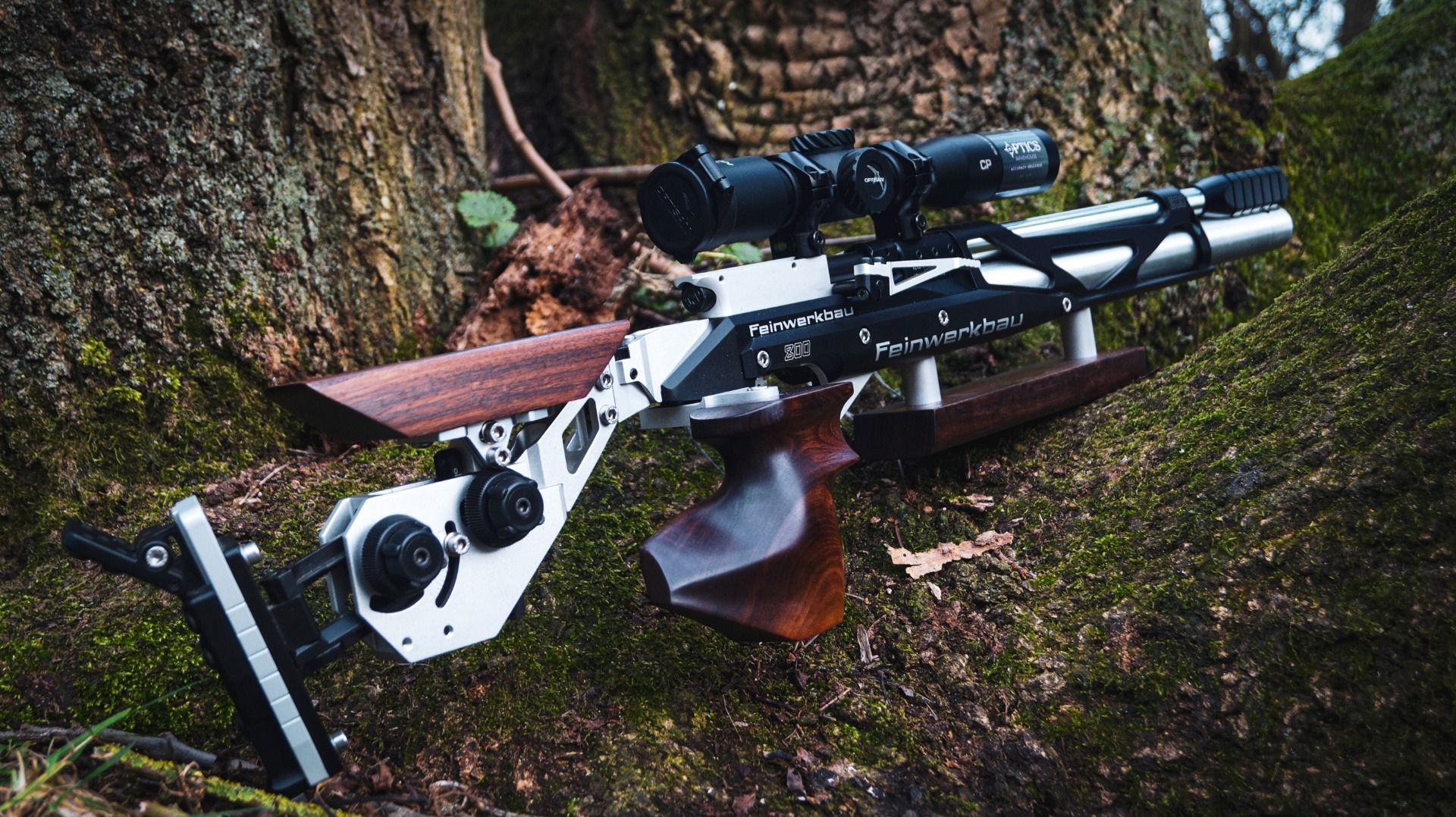
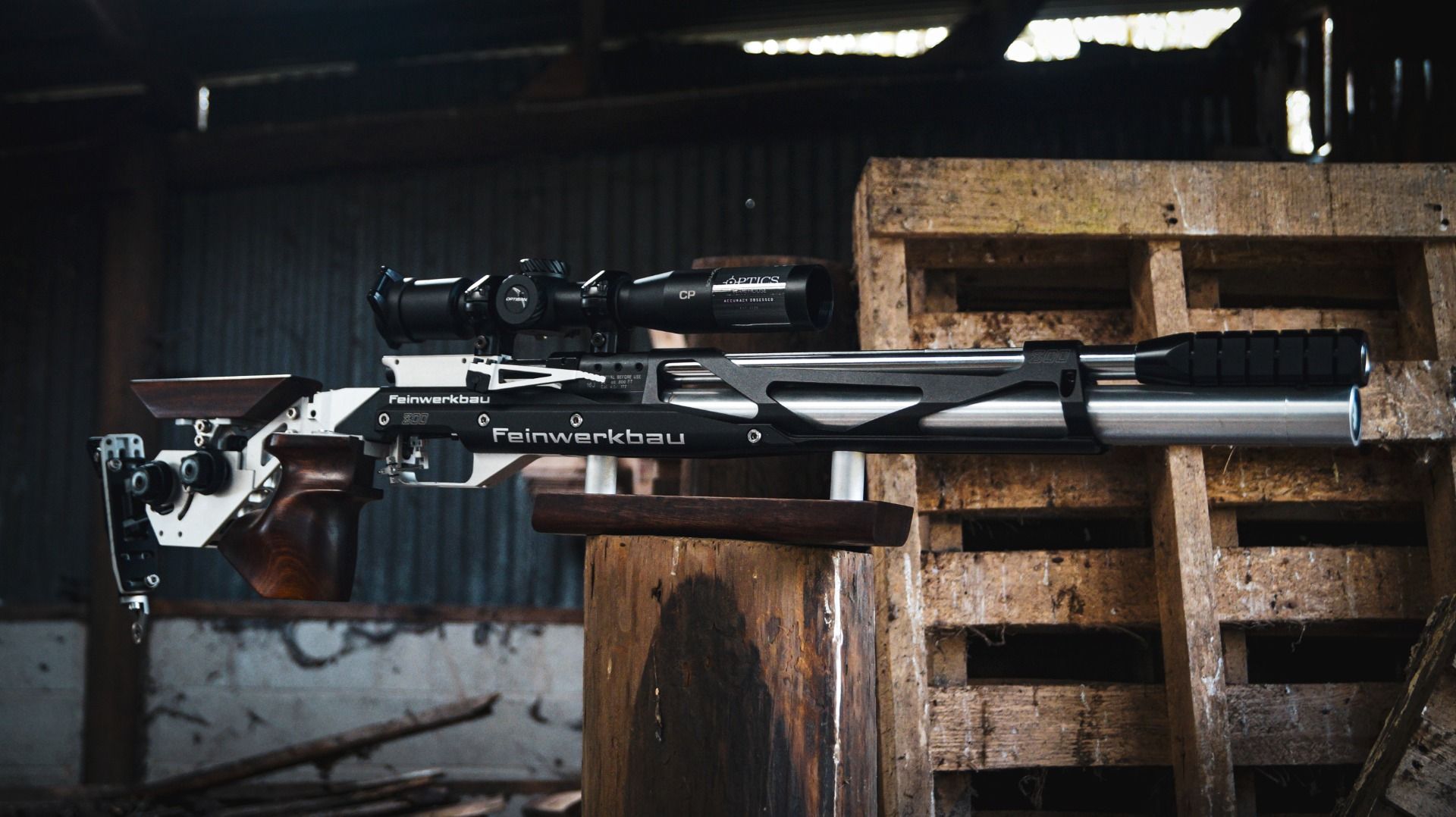
I'm currently sporting a Feinwerkbau 800X for competitive shooting. Dressed within an alutec chassis, I've found comfortability in using this setup as a custom grip set shaped to my specifications ensures perfect fit repeatedly. This is topped off with an Optisan CP 10x32 - an optic I'd highly recommended for this discipline - matched with a pair of Tier One scope mounts to suit.
I can understand that they'll be many of you who share the opinion that this equipment is overkill for shooting small metal discs between 8 and 45 yards. However, in the world of airgun shooting our setups can be likened to cars. Providing they work, they'll all go from A to B. Although, some vehicles priorities ultimate performance over driving pleasure, user engagement or reliability. For me, this particular rifle offers a strong mix of the above and as my recent scores suggest - I seem to be getting on with it to some degree of success.
For many of today’s competitive shooters who choose to arm themselves with high end target rifles, single hole groups seem to be the new norm. Some of the most premium airgun manufacturers deliver this standard straight out the box. Even so, asking competitors to hit the tiny kill zones of knockdown targets at unspecified distances from various shooting positions is a task in itself – and that’s without factoring the extremities of unpredictable British weather! To score highly on these courses derives from the ability to predict the unknown ranges of targets and make accurate assessments of the winds proficiency to drastically change your point of impact. Two things, learnt exclusively through the experience of practicing in these conditions.
EQUIPMENT:
A big thank you to Thomas for sharing his Blog! Watch this space and our social media for more updates on Thomas' shooting journey.
Follow Thomas on Instagram: @thomasbristow_shooting















